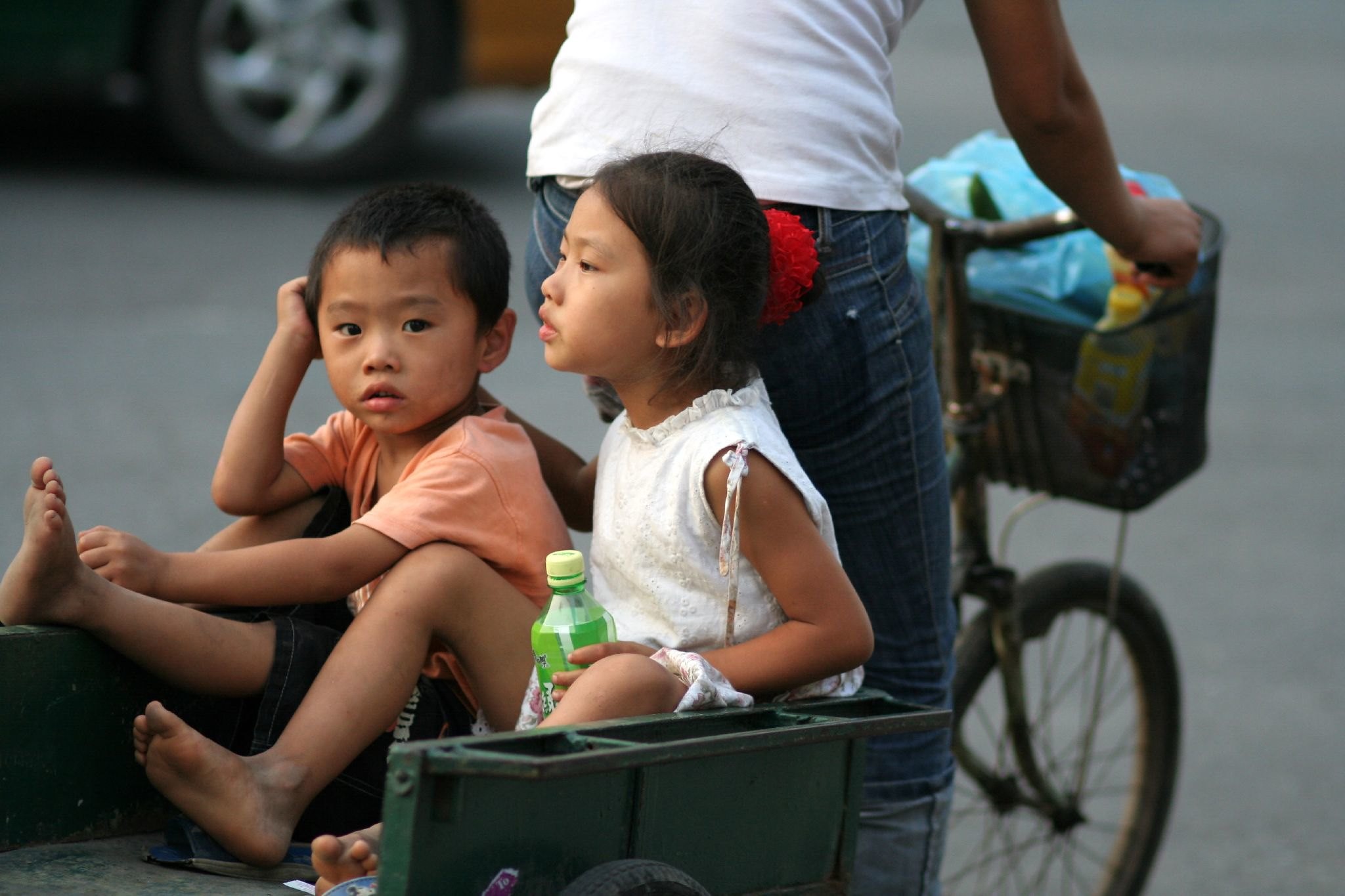Does China Still Use Child Labor
China has made strides against child labor, but it’s still an issue. Here’s a breakdown:
- Illegal: Chinese law prohibits child labor under 16. 10 Facts About Child Labor in China.
- Prevalence: Estimates suggest around 8% of children aged 10-15 work. 10 Facts About Child Labor in China. This is more common in rural areas. Child Labor in China.
- Challenges: Enforcement can be difficult, especially in remote areas. Schools have even been involved in programs sending children to work. China: End Child Labor in State Schools.
Overall, China is working to reduce child labor, but it remains a complex issue.
Child Labor in China
Child labor refers to the employment of children in any work that deprives them of their childhood, interferes with their ability to attend regular school, and is mentally, physically, socially, or morally harmful. In China, like in many developing countries, child labor has been a longstanding issue. Read about Informational Social Influence
Historical Context: China’s Past with Child Labor
Historically, China has grappled with widespread child labor, particularly during periods of economic upheaval and social change. From the 19th century through the early 20th century, child labor was rampant in factories, mines, and agricultural settings across the country.

Current Situation: Does China Still Use Child Labor?
Despite significant economic development and improvements in labor standards, child labor persists in China. While the government has implemented laws and regulations to address the issue, enforcement remains a challenge.
Statistics and Reports
Recent statistics and reports suggest that child labor continues to exist in various forms and industries across China. While precise figures are difficult to ascertain due to the clandestine nature of many labor practices, estimates indicate that millions of children are engaged in exploitative labor. Discover about Why Gold is Not Good for Males
Factors Contributing to Child Labor in China
Several factors contribute to the persistence of child labor in China, including economic, social, and legal aspects.
Economic Factors
Poverty and income inequality drive families to rely on child labor as a means of supplementing household income. In rural areas, where poverty rates are higher, children often work in agriculture or small-scale industries to help support their families. Learn about Who Killed Tupac
Social Factors
Social norms and cultural expectations sometimes perpetuate the acceptance of child labor, particularly in traditional or rural communities where education may be undervalued compared to immediate economic needs.
Legal Factors
While China has enacted laws to protect children from exploitation, enforcement mechanisms are sometimes inadequate, allowing unscrupulous employers to exploit child labor with impunity.
Industries and Sectors Where Child Labor Is Prevalent
Child labor is prevalent across various sectors in China, including manufacturing, agriculture, construction, and services. Children may be involved in tasks ranging from garment production to brickmaking, often working in hazardous conditions for meager wages.
Efforts and Policies to Combat Child Labor in China
Recognizing the severity of the issue, the Chinese government has implemented initiatives to combat child labor, including legal reforms, education programs, and social welfare policies.
Government Initiatives
The Chinese government has introduced laws and regulations aimed at protecting children from exploitation in the labor market. These include minimum age requirements for employment and restrictions on hazardous occupations.
Non-Governmental Organizations’ Interventions
Non-governmental organizations (NGOs) play a crucial role in raising awareness about child labor issues and providing support to at-risk children and their families. They work alongside government agencies to monitor compliance with labor laws and advocate for children’s rights.
Challenges in Eliminating Child Labor
Despite efforts to address the problem, several challenges persist, hindering progress in eliminating child labor in China.
Enforcement Issues
Enforcement of labor laws remains inconsistent, particularly in remote or economically disadvantaged regions where oversight mechanisms are weaker.
Poverty and Rural-Urban Divide
Persistent poverty and the rural-urban economic divide exacerbate the vulnerability of children to exploitation, as families in rural areas often lack access to educational and economic opportunities.
International Scrutiny and China’s Response
China’s approach to addressing child labor has come under international scrutiny, prompting responses from both the government and civil society organizations.
Case Studies Highlighting the Reality of Child Labor
Several case studies illustrate the harsh realities faced by children engaged in labor across China, highlighting the urgent need for action.
Impact of Child Labor on Children and Society
Child labor not only deprives children of their fundamental rights but also perpetuates cycles of poverty and inequality, with far-reaching implications for society as a whole.
The Ethical and Moral Dimensions of Child Labor
The ethical and moral dimensions of child labor raise profound questions about social justice, human rights, and the responsibilities of governments, businesses, and individuals.
Future Prospects and Outlook
Addressing child labor in China requires sustained efforts from all stakeholders, including policymakers, employers, civil society organizations, and communities. By prioritizing education, social protection, and economic development, China can create a future where every child has the opportunity to thrive.

Recommendations for Addressing Child Labor Effectively
- Strengthen enforcement mechanisms to ensure compliance with labor laws and regulations.
- Invest in education and vocational training programs to empower children and break the cycle of poverty.
- Foster partnerships between government agencies, NGOs, and businesses to promote responsible labor practices and child welfare.
- Raise public awareness about the detrimental effects of child labor and advocate for children’s rights at all levels of society.
Conclusion
In conclusion, while progress has been made in combating child labor in China, significant challenges remain. By addressing the root causes of child labor and implementing comprehensive strategies, China can create a more equitable and just society for its children.
FAQs
- Is child labor illegal in China?
- Yes, child labor is illegal in China according to national laws and regulations.
- What industries are most affected by child labor in China?
- Industries such as manufacturing, agriculture, construction, and services often employ child laborers in China.
- What efforts are being made to eliminate child labor in China?
- The Chinese government, along with NGOs and international organizations, is working to enforce labor laws, provide educational opportunities, and address the root causes of child labor.
- How does child labor affect children’s health and well-being?
- Child labor can have severe physical, emotional, and psychological effects on children, depriving them of their childhood and limiting their future prospects.
- What can individuals do to combat child labor in China?
- Individuals can support organizations working to eradicate child labor, advocate for ethical consumerism, and raise awareness about the issue within their communities.
